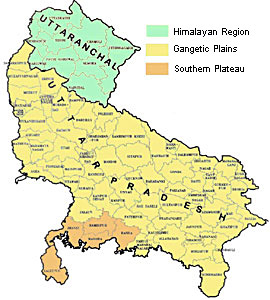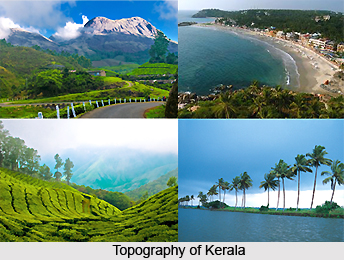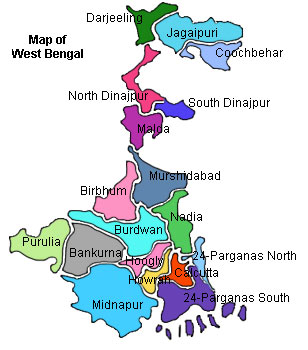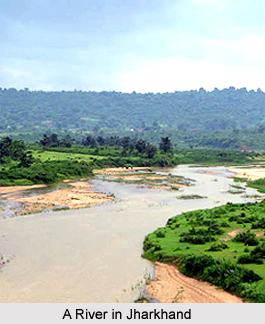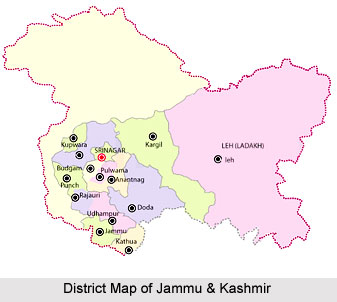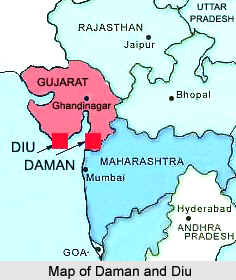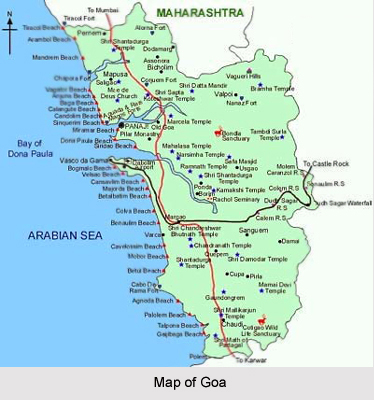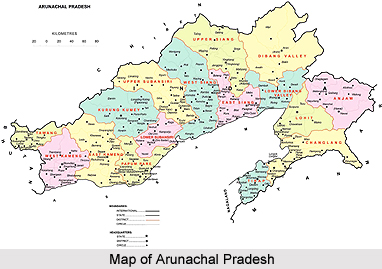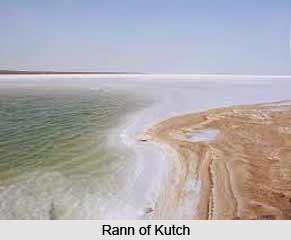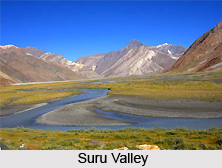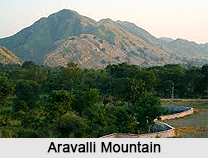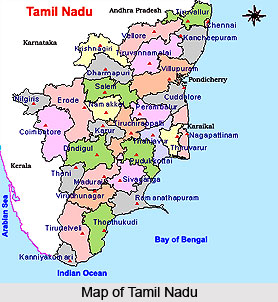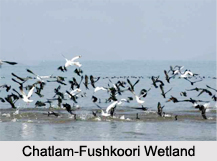 Chatlam-Fushkoori Wetland is the eternal abode of vast array of flora and fauna in Srinagar of Srinagar District of Jammu and Kashmir. Chatlam-Fushkoori Wetland is the house of water birds that are of mostly migratory in nature.
Chatlam-Fushkoori Wetland is the eternal abode of vast array of flora and fauna in Srinagar of Srinagar District of Jammu and Kashmir. Chatlam-Fushkoori Wetland is the house of water birds that are of mostly migratory in nature.
Species in Chatlam-Fushkoori Wetland
Chatlam-Fushkoori Wetland is the abode of overall 56 species of birds which are belonging to 15 families including 14 species of migratory waterfowl were recorded. This was compared to a record number of 90 different species of birds belonging to 30 families including 20 species of migratory waterfowl that were observed in the Pampore wetlands especially in Chatlam-Fushkoori wetland Conservation Reserve during 2015 winter.
Waterfowl Families of Chatlam-Fushkoori Wetland
The most dominant waterfowl families in Chatlam-Fushkoori Wetland recorded during the study period in the peak winter time was Anatidae followed by Ardeidae and Rallidae. The population of waterfowl which start their arrival usually in mid November from Siberia and Central Asia to Kashmir Valley peaks to around more than 30,000-50,000 in Pampore Wetlands during the last week of February and starts declining as the temperature in the valley rises before their return migration during early spring (late March).
Fishing in Chatlam-Fushkoori Wetland
Chatlam-Fushkoori Wetland are under various anthropogenic pressures owing to fishing, encroachments of land for saffron cultivation, setting up of Poultry Farms cattle rearing and human disturbance with incessant waste disposal by locals into the wetland of Chatlam-Fushkoori.
Problems in Chatlam-Fushkoori Wetland
There is a serious problem with the breeding behaviour of migratory birds at Chatlam-Fushkoori as their peak period of breeding activity coincides with the peak time period of catching fishes by local people. Besides, cattle rearing and other agricultural activities nearby saffron fields by locals too coincides with the time period of breeding , thus creating disturbances to birds to a great extent. These activities were seen least in winter months when Icy period (Chillaikalan) hit the Kashmir Valley. Although, in 2014 an unusual breeding of 01 pair of Gray Lag Goose was also recorded in Fushkoori Wetland CR in April-May months which needs to be ascertained further.
Breeding in Chatlam-Fushkoori Wetland
Chatlam-Fushkoori Wetland observed the breeding of many water-birds like Mallards, Common Poachards, Gadwall, Northern Shoveler, Pheasant tailed jacana, Common Coot, Common Moorhen, Little Grebe, Indian Pond Heron, Grey Heron and so on. However, this year for the first time it is Chatlam-Fushkoori Wetland observed of overstaying of Gray Lag Goose, Ruddy Shelduck, Ferrogineous Poachard,Tufted Duck, Garganey, Northern Pintail, Common Teal, Eurasian Wigeon and a single Common Shelduck in Chatlam Conservation Reserve. This is the first breeding record of Gadwall and Northern Shoveler in India which needs further extensive research. Keeping in view the above mentioned research work, Chatlam-Fushkoori Conservation Reserve assumes a great ecological and biodiversity significance in India and long term conservation planning of the wetland is imperative.
Related Articles
Jammu and Kashmir, Indian State
Eco Parks in India
Jammu and Kashmir Eco Parks
Anchar Lake
Wular Lake
Srinagar District
Temples of Jammu and Kashmir
